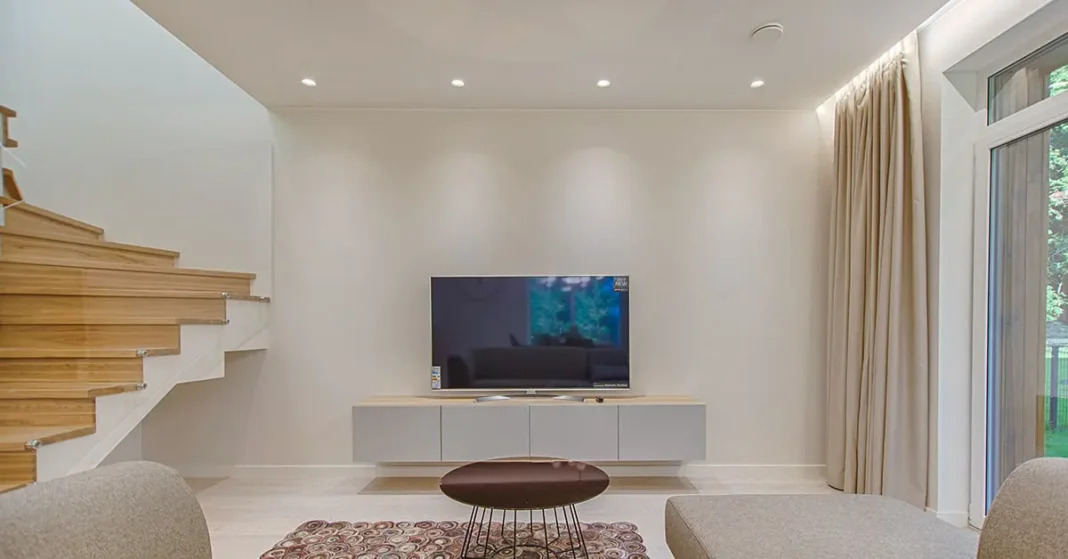The furniture in your home does more than just serve a function—it sets the tone, adds comfort, and expresses your style. Selecting the right furniture can make a space inviting and personalized. With a few key considerations, you can create a space that’s both beautiful and functional. This guide explores essential furniture pieces for each room, tips for choosing the right materials, and how to style your furniture to bring everything together.
Essential Furniture for Every Room
Each room in your home has specific furniture needs, and the right choices can make each space truly shine. Here are some of the core furniture items for every room:
- Living Room: The centerpiece of the home, a living room typically includes a sofa, coffee table, and perhaps a media unit. Depending on the size, you may also add chairs, side tables, or shelving units. Choose seating that’s comfortable and durable, especially if you host often. A sectional sofa works well for large spaces, while a loveseat or smaller sofa is perfect for cozy areas.
- Dining Room: A dining table is the mainstay of any dining room, with options ranging from traditional rectangular tables to space-saving round or extendable tables. Complement it with chairs that match in comfort and style. In smaller spaces, consider a bar-height table or a breakfast nook instead.
- Bedroom: The bed is the focal point here, so select a style and size that aligns with both your needs and the room’s dimensions. Nightstands, dressers, and wardrobes are also key for storage and organization. A bench at the foot of the bed or an accent chair can add extra functionality and elegance.
- Home Office: With remote work becoming common, a home office setup has become a must for many households. Invest in a sturdy desk and a comfortable, ergonomic chair. Shelving units, file cabinets, and storage solutions can help keep your workspace organized and efficient.
- Entryway: The entryway is the first impression of your home. Include practical items like a console table, coat rack, or bench for shoes. This keeps the space organized and sets the tone for your home’s style.
Choosing the Right Materials and Styles
When it comes to furniture materials, there are a wide variety of options, each with distinct qualities. Here are some tips to help guide your choices:
- Wood: Wood furniture is durable, versatile, and timeless. Hardwood options like oak, maple, and walnut offer high durability and can last for generations. Softwoods, like pine, are more affordable but might require extra care. Finishes range from natural and stained to painted, so choose one that complements your home’s aesthetic.
- Upholstery: For sofas and chairs, upholstery is crucial for both style and comfort. Leather is luxurious and durable, though it may be more expensive. Fabric upholstery offers a wide range of colors, patterns, and textures, allowing for plenty of customization.
- Metal and Glass: Metal frames, particularly in industrial and modern styles, are durable and sleek. Glass tabletops or accents add a sense of openness to a room, though they may require more maintenance to stay pristine.
Maximizing Functionality and Comfort
Functionality is just as important as aesthetics in home furniture. Here’s how to find pieces that meet your practical needs while enhancing your living space:
- Modular and Multi-Functional Furniture: In smaller spaces, modular furniture like sectional sofas, stackable chairs, or expandable tables can offer flexibility and save space. Look for pieces like ottomans with storage or beds with built-in drawers to make the most of every square foot.
- Ergonomics: Especially for frequently used furniture like sofas, chairs, and beds, ergonomics matter. Choose pieces that support natural body posture and provide comfort over long periods, such as an ergonomic office chair or a bed with a good-quality mattress.
- Storage Solutions: Stylish storage furniture can help keep your space organized. Consider dressers, cabinets, and bookshelves for storage that blends seamlessly with your decor. In multi-purpose rooms, use furniture like storage ottomans or built-in shelving for a clutter-free look.
Tips for Coordinating Furniture Styles and Colors
Creating a harmonious look with different furniture pieces can seem challenging, but a few design principles can help pull everything together:
- Define a Color Palette: Start with a base color (often neutral tones) and then add complementary or contrasting colors. For example, if your sofa is a neutral color, you can add throw pillows, rugs, or wall art in bold accent colors to add visual interest.
- Balance Proportions: Ensure your furniture is proportionate to the room. Large furniture can overwhelm a small room, while small furniture may look out of place in a larger room. Arrange larger items first, then add smaller pieces to balance the space.
- Mix Textures and Finishes: Don’t be afraid to mix wood, metal, and upholstery finishes. For example, a sleek glass coffee table pairs well with a plush fabric sofa, or a wooden dining table complements metal chairs for a contemporary look.
Trends to Consider for a Modern Home
While classic styles are always a safe choice, here are some of the latest trends that can bring a fresh look to your home:
- Sustainable and Eco-Friendly Materials: Many homeowners are now choosing furniture made from sustainable or recycled materials. Bamboo, reclaimed wood, and natural fibers like jute are popular eco-friendly choices.
- Mid-Century Modern Style: Inspired by 1950s and 60s design, mid-century modern furniture emphasizes clean lines, organic shapes, and functionality. It pairs well with minimalist decor and is a timeless style.
- Multi-Functional Spaces: With more people working and studying from home, the trend is toward multi-functional rooms. Look for furniture that can serve dual purposes, like a daybed that works as a sofa by day and a guest bed by night.
Final Thoughts
Choosing the right furniture for your home involves balancing aesthetics, comfort, and functionality. Start by assessing each room’s needs, explore different materials and styles, and remember to prioritize comfort and quality. With thoughtful selection and arrangement, furniture can turn any space into a personal sanctuary that reflects your unique taste and lifestyle. Whether you’re furnishing a new home or simply refreshing your current space, the right furniture can truly transform your environment into a place you’ll love to live in.





